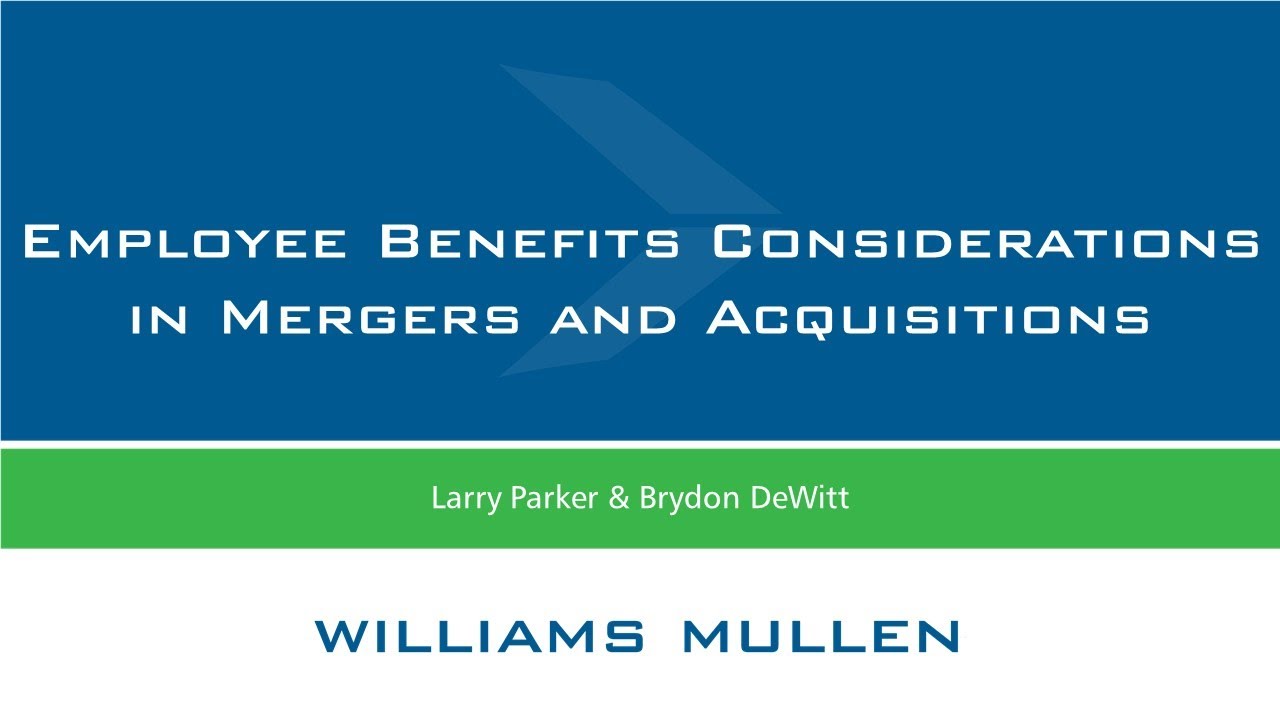Mergers and acquisitions (M&A) are transformative events in the corporate world, often driven by the pursuit of growth, market expansion, and increased profitability. However, the ripple effects of these strategic moves on employees can be profound and multifaceted. This article delves into the comprehensive impact of M&A on employees, offering valuable insights and addressing common concerns.
Understanding Mergers and Acquisitions
What Are Mergers and Acquisitions?
Mergers and acquisitions involve the consolidation of companies or assets. A merger occurs when two companies combine to form a new entity, while an acquisition is the takeover of one company by another. Both processes aim to create synergies and improve competitive advantage.
Immediate Reactions and Emotional Impact
Initial Employee Reactions
When a merger or acquisition is announced, employees often experience a mix of emotions, including anxiety, uncertainty, and anticipation. These feelings stem from concerns about job security, changes in corporate culture, and the integration process.
Psychological and Emotional Effects
The uncertainty associated with M&A can lead to increased stress and anxiety among employees. According to a study by the Society for Human Resource Management (SHRM), employees may experience a sense of loss, fear of the unknown, and decreased morale. Effective communication and support from management are crucial to mitigating these effects.
Job Security and Career Opportunities
Impact on Job Security
Job security is one of the most significant concerns during M&A. Employees fear redundancy and layoffs as companies streamline operations and eliminate duplicate roles. According to Harvard Business Review, approximately 30% of employees are at risk of job loss during mergers.
Career Development and Opportunities
Despite these concerns, M&A can also present new career opportunities. Employees may gain access to enhanced training programs, broader career paths, and new roles within the merged entity. It is essential for employees to remain proactive and adaptable to leverage these opportunities.
Cultural Integration Challenges
Merging Corporate Cultures
One of the most challenging aspects of M&A is integrating different corporate cultures. Employees from the merging organizations may struggle to adapt to new values, practices, and leadership styles. Successful cultural integration requires clear communication, empathy, and sometimes, compromise.
Role of Leadership in Cultural Integration
Effective leadership is vital during this period. Leaders must be transparent, approachable, and proactive in addressing employee concerns. They should foster a culture of inclusivity and collaboration to unite the workforce and create a cohesive environment.
Strategies for Employees
Coping with Change
Employees can take several steps to navigate the uncertainties of M&A:
- Stay Informed: Keep abreast of company updates and changes.
- Network: Build relationships with new colleagues and leadership.
- Upskill: Enhance your skills to stay competitive and adaptable.
- Seek Support: Utilize available resources, such as counseling and career advice.
Leveraging New Opportunities
M&A often bring new roles and projects. Employees should be proactive in seeking out these opportunities, showcasing their skills, and demonstrating flexibility and a willingness to learn.
The Role of Human Resources
HR’s Role During Mergers
HR plays a crucial role in managing the human aspect of M&A. They are responsible for communication, training, and support programs. HR should also work closely with leadership to ensure a smooth transition and address any issues that arise.
Supporting Employees
HR can support employees by providing clear information, facilitating open forums for discussion, and offering counseling services. They should also ensure that employees have access to training and development programs to help them adapt to new roles.
Commonly Asked Questions
How Can Companies Mitigate the Negative Impact of M&A on Employees?
Companies can mitigate negative impacts by maintaining transparent communication, providing support resources, and involving employees in the integration process. Clear and consistent communication helps alleviate uncertainties and builds trust.
What Are the Long-Term Benefits of M&A for Employees?
In the long term, M&A can lead to a stronger, more competitive company, offering employees enhanced job security and career opportunities. Employees can benefit from improved resources, advanced technologies, and a more diverse workplace.
How Can Employees Prepare for Potential M&A?
Employees can prepare by staying informed about industry trends, continuously updating their skills, and maintaining a positive and adaptable mindset. Building a strong professional network can also provide support and opportunities during transitions.
Conclusion
Mergers and acquisitions bring both challenges and opportunities for employees. While job security and cultural integration can be significant concerns, effective communication and proactive leadership can turn potential obstacles into opportunities for growth and development. By understanding the comprehensive impact of M&A, employees can better navigate these transitions and leverage new opportunities.
Internal Linking Opportunities
- Link to an article on “Strategies for Effective Corporate Communication” for more insights on maintaining transparency during M&A.
- Link to a resource on “Building Career Resilience in Times of Change” to help employees adapt to new opportunities.
